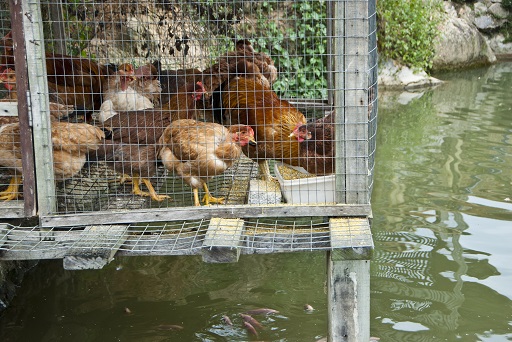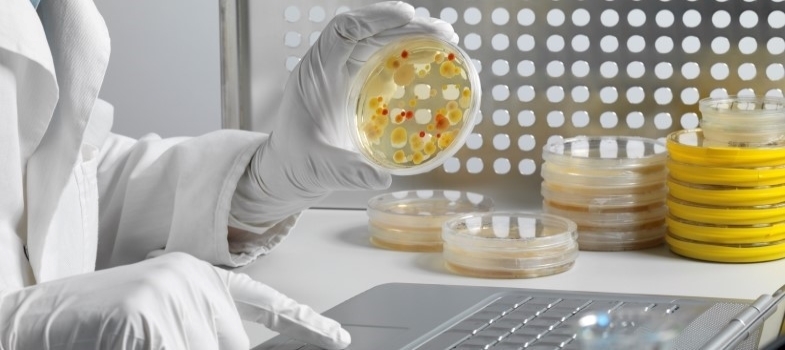5.1 The purpose of sampling animals for AMR
Livestock species
Bacteria, including those resistant to antimicrobials, can be transmitted from food-producing animals to humans, either through ingestion as food, or handling (for example, by slaughterhouse workers). This is the primary reason why AMR surveillance is conducted in food-producing animals. Other reasons to monitor AMR in food-producing animals include:
- understanding the epidemiology of AMR in the food chain
- monitoring the impact of AMU in animals
- providing data for risk analysis for both humans and animals
- evaluating the impact of interventions that aim to reduce AMR in animals
- informing treatment guidelines for common bacterial infections in animals.
Aquaculture species
In aquaculture species, the reasons for AMR surveillance are similar to those we considered for livestock. Bacteria and antimicrobial residues in aquatic species can persist in aquatic food products, resulting in entry into the food chain. Additionally, because aquatic species are in water-based systems, resistant pathogens or residues from antimicrobials used for treatment can readily leak into the environment, affecting native species and potentially contaminating water supplies for humans and livestock.
In some situations, livestock and aquatic species may exchange pathogens through integrated fish farming systems. Examples include housing poultry directly above fish farms, so that the poultry faeces provides nutrients to the fish (Figure 4).

5 Putting it all together: sampling for AMR in livestock and aquaculture



